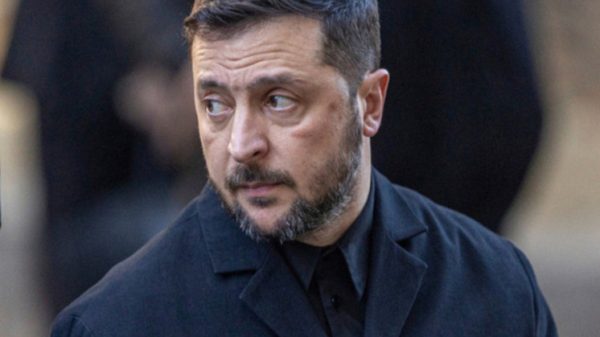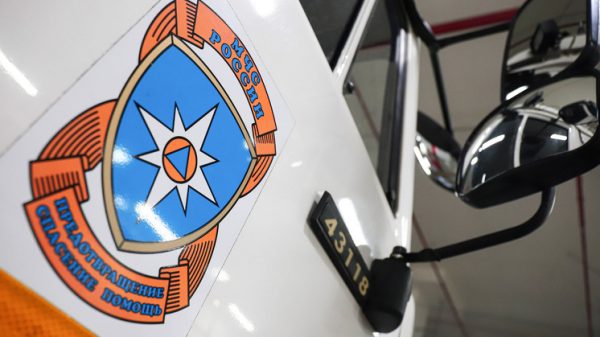Pavel Balaban: brain-computer-interface technology was created at our institute 20 years ago
A paralyzed patient with a brain chip played online chess. This unexpected, at first glance, result was demonstrated by Elon Musk’s Neuralink company as proof of the success of implanting a special chip into the brain of a paralyzed person in January.

The Guardian reported about the unexpectedly rapid effect after the operation.
Noland Arbaugh – This is how a person who underwent surgery introduced himself in the video; he was seriously injured as a result of a diving accident. This happened in January 2024, and in January he was implanted brain chip.
And now, as they say, less than six months have passed, or rather, – two months since Noland live-streamed his first chess game. The video shows how he successfully controls a computer mouse using his thoughts.
“The operation was very easy,” — Arbaugh says in the video. “I was literally discharged from the hospital a day later. I do not have cognitive impairment.»
The 29-year-old also said that since the injury, he stopped playing the strategy game Civilization VI, but now he has returned to it after playing for eight hours in a row.
In the United States itself, the achievement of Musk’s company is not considered a “breakthrough.” In particular, Kip Ludwig, former director of the neural engineering program at the US National Institutes of Health, said that post-implantation is still in the very early stages: both Neuralink and patients still have a lot to learn.
– The “brain-computer-interface” principle, which is applied in the described case, has long been known. Our institute was the first to develop such devices 20 years ago. They are the only ones we have – non-contact, not requiring brain surgery. The principle of operation there is based on a regular EEG (electroencephalogram) recording, which is done using a cap worn by the patient. The only difference from implanted chips is that our technology may have a lower speed of signal extraction. But our technology has long been used in the capital’s hospitals, in those wards where patients are unable to move. It turned out to be more accessible and, most importantly, it gives good results.
There is another example of the use of neurotechnologies in communication between paralyzed patients or patients with cerebral palsy, which was recently demonstrated by a Russian company. Two patients communicated with each other at a distance, being in different cities and composing SMS messages to each other using brain activity. Their communication was also based on recording brain signals using EEG. Despite the different technologies, no one in the world has yet stepped over the barrier of only four teams.
This limitation is based on the fact that that we do not fully understand where exactly in the brain we need to receive signals. After all, we have 80 billion (!) neurons. In order for the computer to “hear” That's it, you need to run wires from the chip into each of them.
























































Свежие комментарии